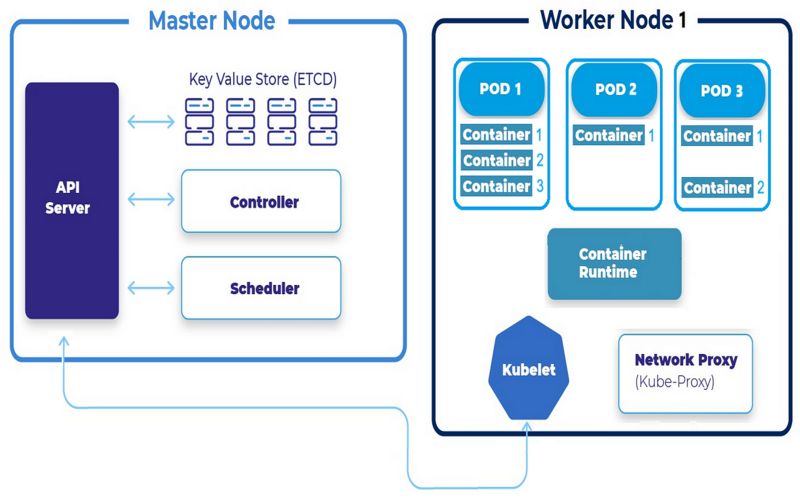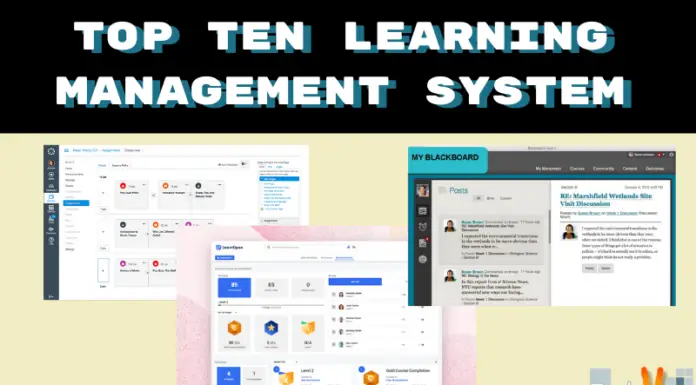What Is Container Orchestration?
Container orchestration is automating the multiple concerns around container “running”. The most general container orchestration platform in the cloud-native world is Kubernetes, but felids like Apache Mesos and even docker-compose constitute solutions in this gap. Public Cloud Field services like Microsoft Azure Container Service and Amazon’s Elastic Container Service also offer a path to start containers in an orchestrated trend.
How Does Container Orchestration Work?
Container orchestration is basically about organizing the container life process and the containerizing of your surroundings. In common, the container life processes follow the manufacture employ start phases of standard software development. However, the particular steps may vary precisely relying on the container orchestration device being pre-owned. A typical life process might look like this:
Build: In the initial step, coders decide how to take the abilities they have chosen and manufacture the application.
Acquire: In this next step, containerized applications are generally acquired from a private container image warehouse. Coders run with a base image from one application and expand its functionality by putting a format from another application over it. While using existing code from several sources in this path is more effective and productive than creating everything’s from clash, it also introduces the difficult of tracking the individual among the multiple images.
The Importance Of Container Orchestration
Container orchestration is essential because it streamlines the complexity of organizing containers running in production. A microservices structure can need thousands of containers starting in and out of public clouds and local servers. Once that’s prolonged across an organization’s apps and services, the demanding effort to organize the whole system freehand becomes near impossible without container orchestration processes.
1. Automated Employment And Organized
As the number of containers maximizes, manual management becomes maximizing challenges and error prone, Orchestration platforms systematic and automate these tasks, and because they function based on confirmed APIs and processes, operators can more simply monitor and troubleshoot these procedures.
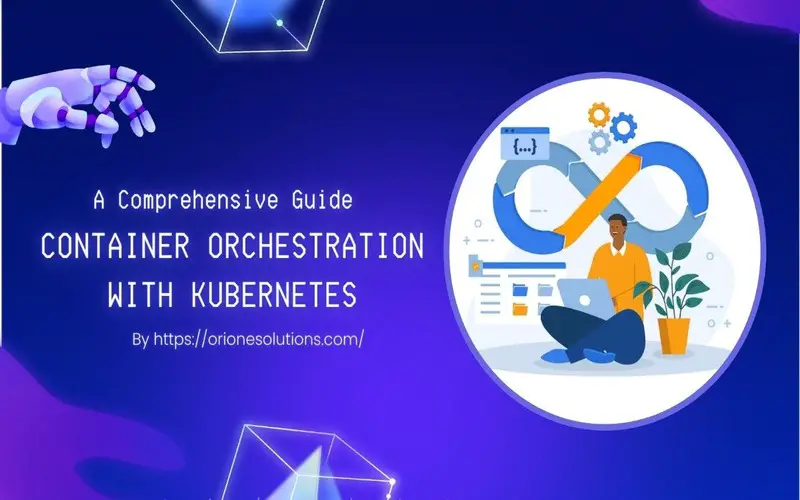
2. Controlled State
Container orchestrators such as Docker Swarm and Kubernetes enable us to pre-emptively achieve a desired state for containers. The orchestrator’s job is to generate and organize the declared parts in that desired state. Its positive ideal is much simpler for coders to write than the essential instructions that would exist if you were to compose scripting for your employments.
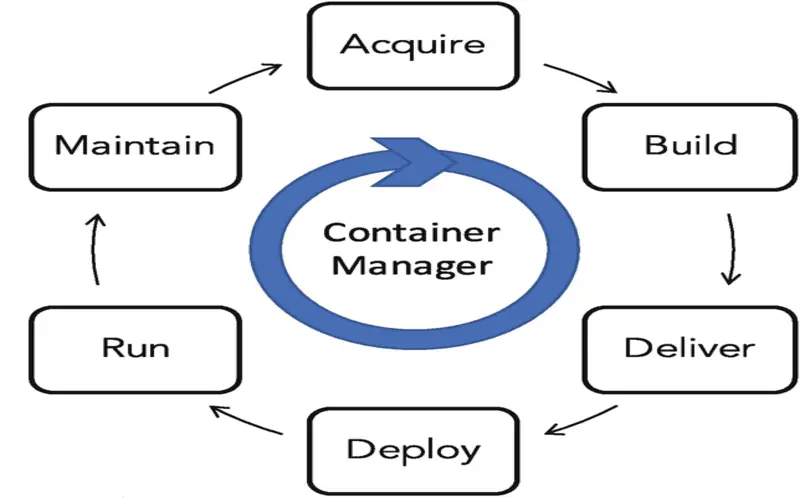
3. Access Control And Authentication
Most orchestration platforms do not execute rigid access control and authentication rules. Meaning that employed containers are greatly threat to authentication and authorization vulnerabilities expect when access handle is in location. Moreover, we can take steps to avoid authentication and authorization events, such as controlling access to the Kubernetes API.

4. Improve Security And Isolation Between Containers
Container orchestration essentially boosts protect and isolation within containerized surroundings. By monitoring in sperate applications in divide containers it generates obstacles that limit interactions among them. Container orchestration fields are also determining for implement uniform containers security measures, minimizing threats and organizing with industry particular regulations, which is vital in sections like business and healthcare.
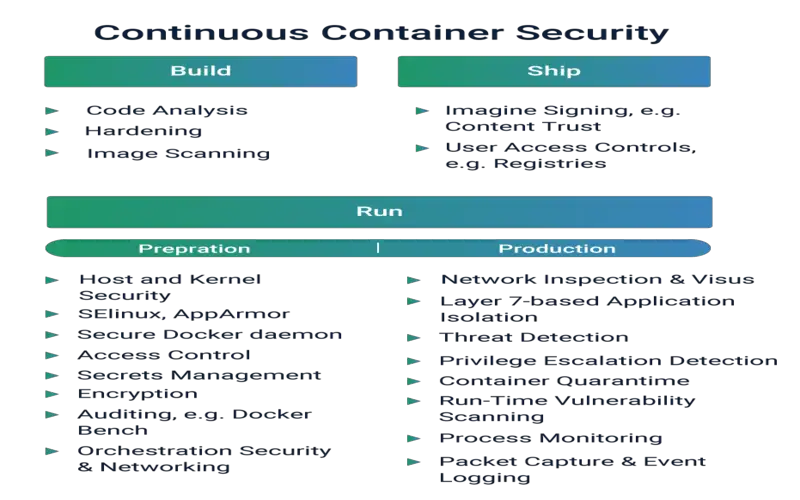
5. Quick Uptake Of Containers
The request for container orchestration solutions has streamed as a result of the widespread adaption of containerization innovations like Docker. Containers are becoming increasingly popular among coders and OT operations because they provide a lightweight and effective solution to package, employ, and organize programs.
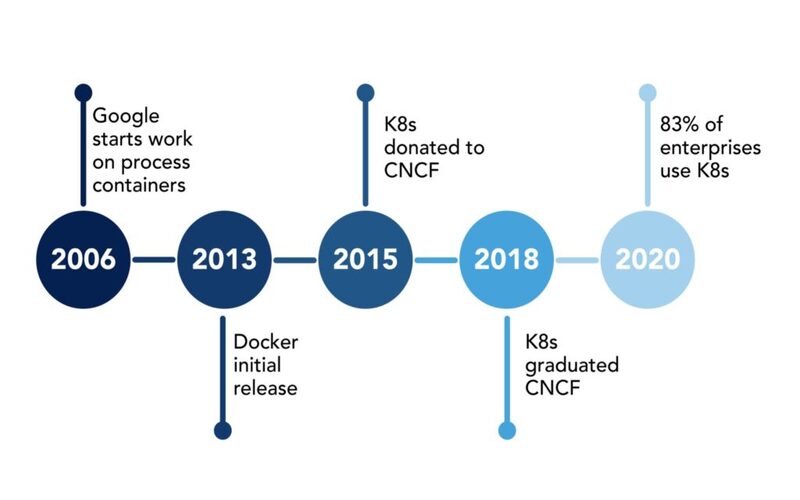
6. Structure Of Microservices
Container orchestration is becoming increasingly essential as applications are being developed to gather separate, independent services, or microservices structure. The corelate and effective management of these microservices’ employment, reliability, and communication is produced possible by orchestration devices.
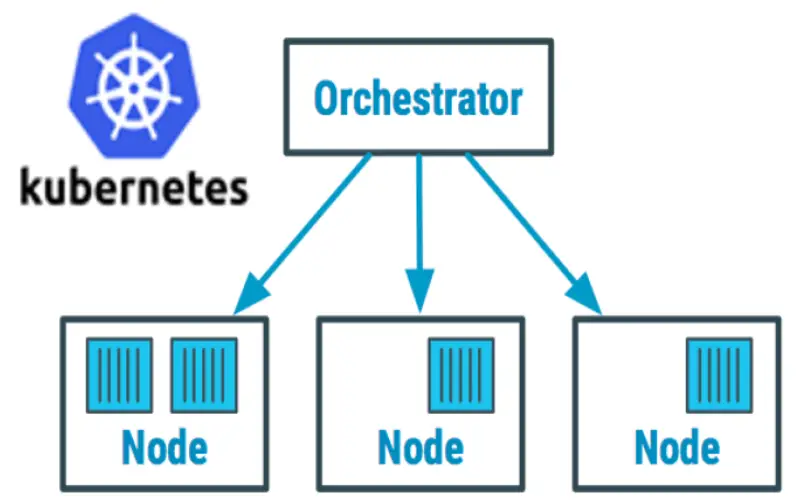
7. Multi-cloud And Hybrid Cloud Employments
Many firms use hybrid and multi-cloud technologies to take advantage of the benefits of multiples. Applications may be simply organized across various cloud orchestration innovations.
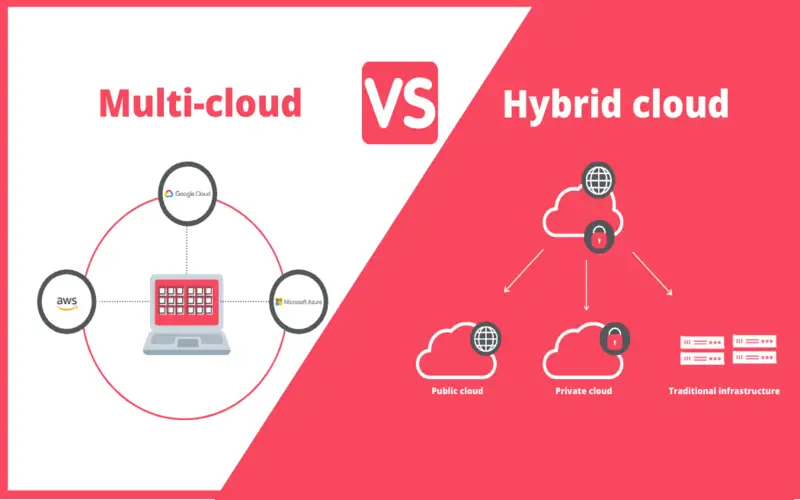
8. Procedures
The development and operations groups can work together more efficiently when container orchestration and DevOps reaches are combined. Software releases are produced rapidly and reliably thanks to this integration, which makes consistent integration and delivery (CI/CD) pipelines simpler to execute.

9. Container Safety
Protection elements that enhance the overall security posture of containerized systems are often involved in container orchestration solutions. The adaption of container orchestration is essentially convinced by the integration of protection features, as security errors hold paramount importance for organizations.
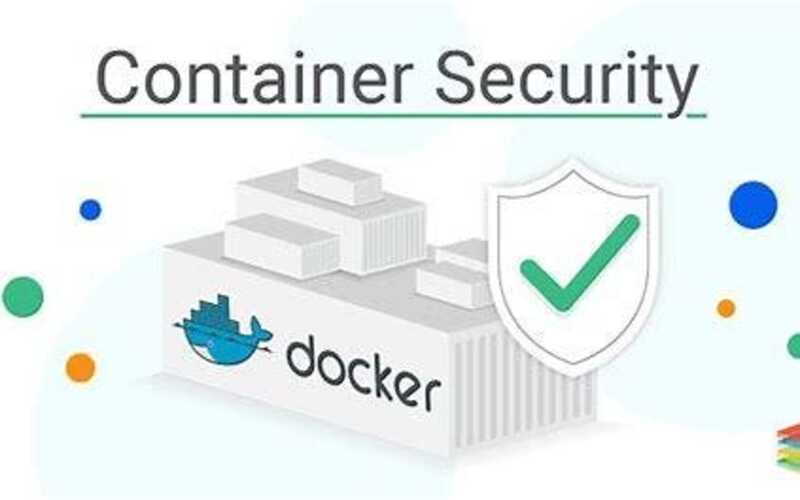
10. Worker Nodes
These are machines responsible for accepting instructions from the control plane and starting containerized workloads. Each machine runs a kubelet, kube-proxy, and container runtime. Now that we know the Kubernetes structure, the next highlight in our travels is understanding the Kubernetes structure object ideal. Kubernetes has a few concepts that make you the building blocks of any containerized workload.
